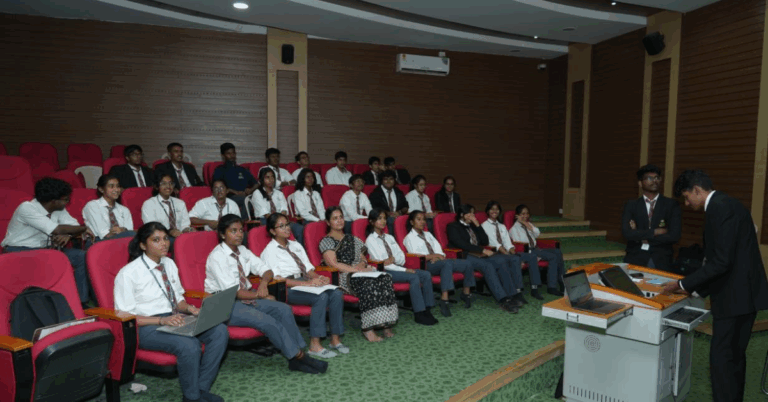Leveraging Virtual Laboratories for Science Education: Simulating Experiments for Remote Learning
Virtual laboratories in science education offer students a dynamic and interactive way to engage with scientific experimentation. By providing a virtual platform to conduct experiments, students are able to develop their practical skills and enhance their understanding of complex scientific concepts. These digital tools also promote self-paced learning, allowing students to revisit and repeat experiments until they grasp the underlying principles, fostering a deeper learning experience.
Furthermore, virtual laboratories eliminate the constraints of time and resources typically associated with traditional lab settings. With virtual experiments, students can explore a wide range of scientific phenomena without the need for costly equipment or physical lab space. This accessibility enables a broader demographic of students to participate in hands-on learning experiences, leveling the playing field and promoting inclusivity in science education.
Challenges of Conducting Experiments Remotely
One of the primary obstacles when conducting experiments remotely is the lack of hands-on experience for students. Without the physical interaction with materials and equipment, learners may find it challenging to fully understand the concepts being taught. In traditional laboratories, students are able to manipulate objects, observe reactions firsthand, and troubleshoot any issues that may arise. Virtual experiments, while providing a simulation of these activities, can sometimes fall short in providing the same level of engagement and understanding.
Another issue faced when conducting experiments remotely is the potential for technical difficulties. As virtual laboratories rely on technology and internet connections, there is always a risk of disruptions during the experiment. Connectivity issues, software glitches, or hardware malfunctions can derail the learning process and hinder students’ ability to complete the experiment successfully. Ensuring that all students have access to reliable devices and strong internet connections is crucial to minimizing these technical challenges and facilitating a smooth virtual laboratory experience.
Types of Virtual Laboratories Available for Science Education
Virtual laboratories have revolutionized the way science is taught by providing students with a simulated environment to conduct experiments and analyze results. These online platforms offer a wide range of virtual laboratories across various scientific disciplines, including biology, chemistry, physics, and environmental science. Students can access these labs from anywhere with an internet connection, allowing for flexible and convenient learning opportunities.
One popular type of virtual laboratory is the interactive simulation, where students can manipulate variables and observe the outcomes in real time. These simulations often include detailed instructions and feedback to guide students through the experiment and help them understand the underlying scientific concepts. Another common type of virtual laboratory is the remote access lab, which enables students to control real scientific equipment located in a physical laboratory from their computer. This hands-on experience provides students with a more authentic and engaging learning experience, bridging the gap between theory and practice.
What are the benefits of using virtual laboratories in science education?
Virtual laboratories provide a safe and cost-effective way for students to conduct experiments, allow for unlimited practice and repetition, and can simulate real-world scenarios accurately.
What are some challenges of conducting experiments remotely through virtual laboratories?
Some challenges include limited hands-on experience, potential technical issues with virtual simulations, and the lack of physical interaction with equipment and materials.
What are the different types of virtual laboratories available for science education?
There are various types of virtual laboratories available, including virtual physics labs, chemistry simulations, biology dissections, and interactive computer programming environments for coding experiments.







